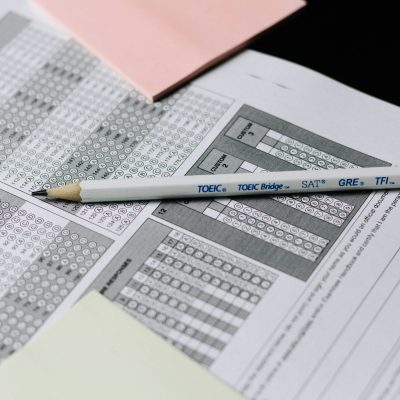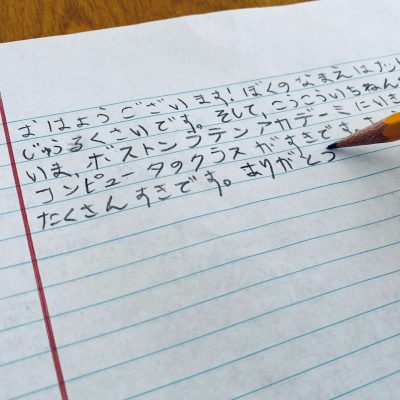Redefining education: the intersection of AI and learning
Artificial intelligence — or replicated human thinking in computer systems — is emerging as a major technological breakthrough of the current age.
Many people use navigation services like Google Maps, correct typos using autocorrect software, and explore content on streaming platforms to make their lives more efficient, often without a second thought. And using OpenAI’s ChatGPT— a web application released in 2022 — people can enter prompts to receive information gathered from sources all across the web in a matter of seconds.
Yet despite the benefits these services provide, the spread of AI-based applications has the potential to hurt student learning within the classroom. While there are many benefits to using AI in the classroom, as in curriculum and homework design, some students are offered the option to misuse the AI’s services to do the thinking for them and reap the rewards of a good grade without putting in the effort.
Teachers at Lexington High School in Boston are mixed on the potential AI has for academic-related uses at the school. Christopher Brunner, a computer science and mathematics teacher at Lexington High School, says that while some students may use ChatGPT to escape crunching numbers, it can also give them a head-start to solving a tricky problem, adding that this can be especially the case for students who are falling further behind. Additionally, Brunner states that AI cannot be outright dismissed as incompatible with schools as it can provide support when teachers or peers are unavailable, going on to say that creating an AI resource specialized to the course could be one of many possible ventures the education industry can utilize in the near future.
“Some people embrace it [AI], some people don’t. Either way, completely ignoring and banning it is not going to be efficient,” says Brunner.










